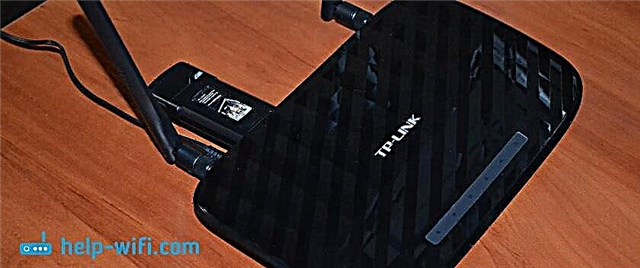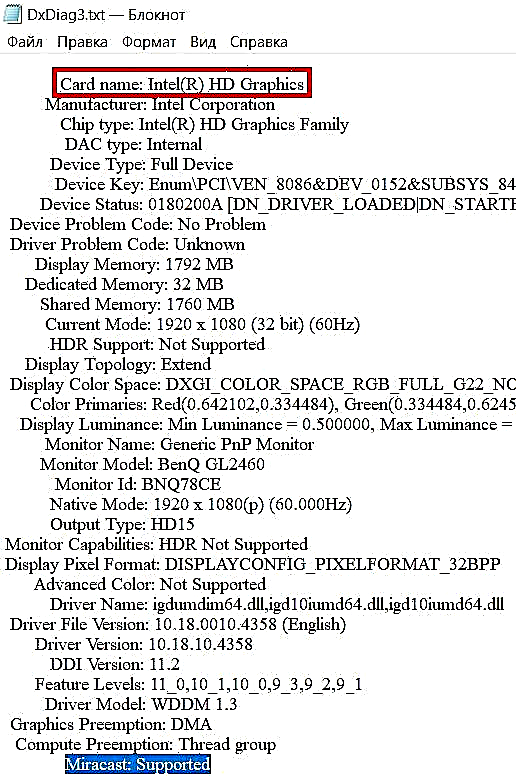In the process of setting up a router, or after setting up, when everything is already working, it often becomes necessary to connect the router to a laptop. So that the laptop has access to the Internet, and it was possible to go into the settings of the router, if necessary.
This article is for beginners. I'll show you how to connect a router to a laptop without a cable (via Wi-Fi) and via a network cable. It turns out that there are at least two ways that you can connect these two devices.
There is one point. We do not connect the router to the laptop, but the laptop to the router. Yes, there is no difference, but it will be more correct. The point is that a router is an independent device. And all the devices that connect to it are clients. What is a router, I have already told you.
And so, two options:
- Without wire, via Wi-Fi. Since almost every laptop has a built-in Wi-Fi module, and a router distributes a Wi-Fi network, most of them connect to the Internet just "over the air". It's much more convenient that way.
- Through the cable. There are different situations. Maybe Wi-Fi on the laptop does not work, the wireless network is disabled on the router, some problems, low speed, etc. In this case, you can connect the router to the laptop using a network cable. But new laptop models (mainly ultrabooks) no longer have a built-in LAN port. Usually, it comes as an adapter in the kit.
I give the answer right away so that in the future there will be no questions like "you showed it on the example of TP-Link, but with my ASUS router how to do everything?" - no matter what manufacturer your router is (TP-Link, Netis, ASUS, D-Link, ZyXEL, Tenda, etc.). He can distribute the Internet via cable and Wi-Fi. Only if it's a regular router, not some kind of mobile, or a modem without Wi-Fi.
We connect a laptop to a router without a wire
There is nothing difficult about this. It's just not uncommon that Wi-Fi is not configured on a laptop. Most often, the driver that is needed for the Wi-Fi module to work is not installed, or the adapter itself is disabled.
First, I'll show you how to establish a wireless connection, and then we'll look at possible problems. I will leave links to instructions with solutions.
For example Windows 10. Click on the connection icon, which is located in the notification bar. Select your network and click "Connect".

If it is protected, then you need to enter a password. If you have not changed the password yet, you are setting up a new router, then the password is most likely indicated on a sticker on the bottom of the router itself. Can be signed as PIN, or Password. Enter the password and connect.

If the password was entered correctly, and everything is fine, then the laptop will be connected to the router via a Wi-Fi network.

Everything, you can use it.
How to connect to Wi-Fi in Windows 7, and solve some connection problems, I wrote here.
The most popular problems and errors:
- More often than not, the laptop does not have a wireless network at all. There are no settings, adapter, buttons, etc. About the solution to this problem in Windows 7, I wrote in the article on the laptop there is no wireless network connection Wi-Fi (there is also a link to the instructions for installing the driver), and if you have Windows 10, then look See how to turn on Wi-Fi in Windows 10 when there is no Wi-Fi button.
- If there is a Wi-Fi network, but the computer does not see the network, and the red icon next to the wireless network icon, then see the article Windows 10 does not see the Wi-Fi network. As a rule, in other versions of Windows the solution is the same - you need to start the WLAN autoconfiguration service.
- Wi-Fi does not work on the laptop. What to do?
- In some cases, after connecting to the network, the status is "No Internet access" (limited). I wrote about the solution to the problem in Windows 10 here.
- DNS server not responding on Windows - fixing DNS problem.
- And the solution when sites do not open in the browser. At the same time, the Internet seems to be working (normal connection status).
We figured out how to connect without cables. If any points regarding the connection to the router via a wireless network remain unclear, then ask questions in the comments.
How to connect a router to a laptop using a cable?
This connection method is even much easier than Wi-Fi.
Ideally, the Internet on a laptop should work immediately and automatically after connecting the network cable. Only your router must be configured and distribute the Internet. If you are just installing it and want to connect to it for configuration, then you may not have access to the Internet. But this is normal, since the router has not yet been configured, and you do not need the Internet to access the settings (web interface). It is enough just to connect.
You can buy a cable of the required length, make a network cable yourself, or use the one that is usually put in a box with a router. Just connect one end of the cable to the LAN port of the router (may be labeled "Home network"), and the other end to the LAN port on the laptop. If not, then use the USB-LAN adapter. And if there is no such adapter either, then you will have to buy it. For example, TP-LINK UE300.

Immediately after connecting, the Internet on the laptop should work.

More information on this topic can be found in the article How to connect the Internet from a router to a computer (laptop) via a network cable.
I have collected solutions to some connection problems in the article the Internet does not work on the computer via a cable from a Wi-Fi router.











